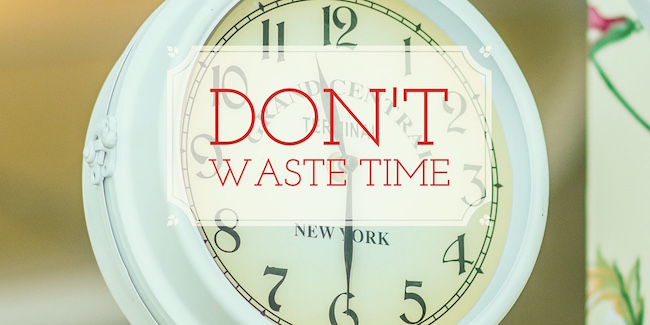At some point, everyone has experienced a ton of back and forth email. Those emails could easily have been avoided with better communication. Sometimes that communication comes in the form of a phone call or cloud-based technology. Other times it’s in the shape of a slightly longer but more complete email.
The problem is that if an email is too long, the reader may not always bother finishing to read it before responding. Resulting in premature and unnecessary emails that waste time.
Table of Contents
ToggleAnswer All Requests and Questions
Whether you are emailing a potential job or a current client, make sure you have read their email or posting in its entirety. Address each and every one of their requests or questions. It’s a good idea to read their email one last time before you hit send.
While you want to address each question and request thoroughly, do not write anything that isn’t necessary. If the request is “Can you, please send me an outline before drafting the article.” Your response does not need to be, “I have written the outline with three sections with two subsections each. I think it helps to flush out the topic.” Your response can just be, “Attached is the outline.” Include any notes in the outline itself where they are expecting to have a bit more to read.
No one, I repeat, no one wants to read long emails. Long emails get glossed over, so your extra words will not be read anyway.
Anticipate What Might be Asked
While you do not want to write super long emails, if you anticipate something they may follow up on, go ahead and provide the answer. It will save you each an additional email. Again try to keep it short and sweet. If you let them know you did X and think they might ask why, make sure your email lets them know. I did X because Y.
You will never be able to anticipate all their questions, but put yourself in their shoes before you hit send. Ask yourself if there is any other information that might be helpful to include.
How to Schedule a Meeting Without a Ton of Back and Forth
One of my biggest pet peeves is when I see a ton of back and forth emails to schedule a call or meeting. One person will suggest a time, the other’s response is that time does not work and suggests another time. The first person can’t make the other time, and it goes on and on. I spent about four years primarily setting up meetings, and you should only need two emails to get something scheduled. One to suggest a time and one to confirm the details.
The trick to the first email is to suggest multiple times you have available. Ask the responder to pick which works best for them or if there is another day that would work better. That way you are likely to get one of the dates you provided picked but are still giving them another option.
I use the following template to send the initial scheduling email:
I think a call would work best to hash out the details of the project, below are sometimes I currently have available. Please let me know when will work best or if there is another time that would work better.
- First Date and Time
- Second Date and Time
- Third Date and Time
If they can’t make one of the times offered, they will usually respond with a few different times as well. You can then pick the one that works best for you and confirm the details. Make sure you note where to meet or who will call whom.
Communication After a Meeting
After any meeting or call it is good to follow up in writing with a quick summary of what was agreed to during the call. This ensures your understanding was correct and everyone is on the same page. An easy, “it was great talking to you, I wanted to follow up with a brief summary of what we discussed” followed by bullet points works well. This is one email that should be a bit longer because you will be providing details of the previous conversation. This email can also help to set the conditions of a contract to be drafted.
Email takes up a lot of every business owner’s time and the more efficient you can be, the more time and energy you’ll have for your other work.











